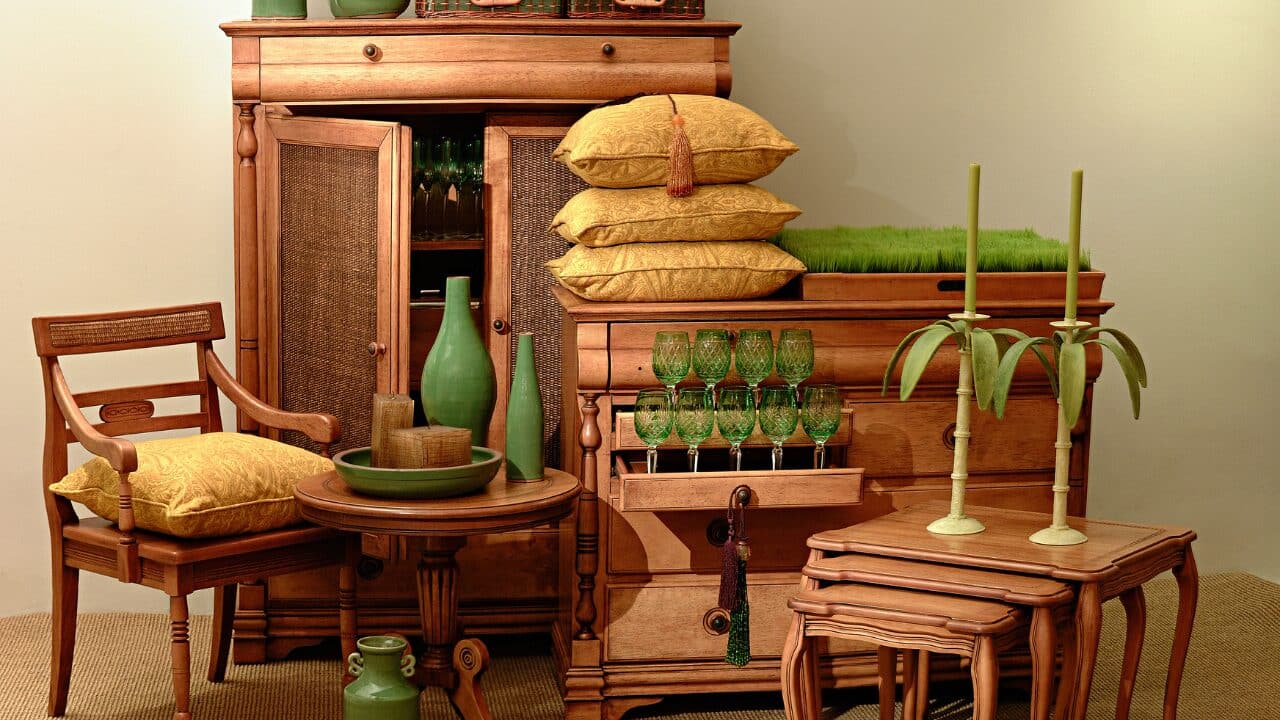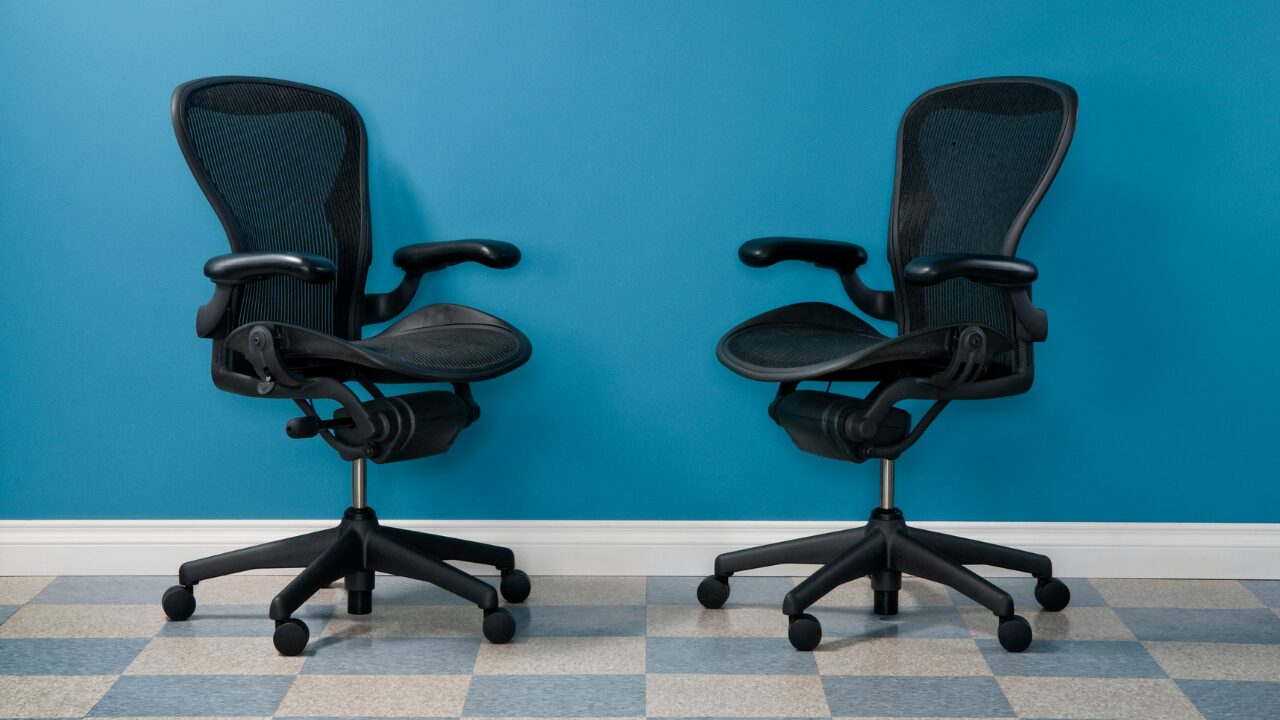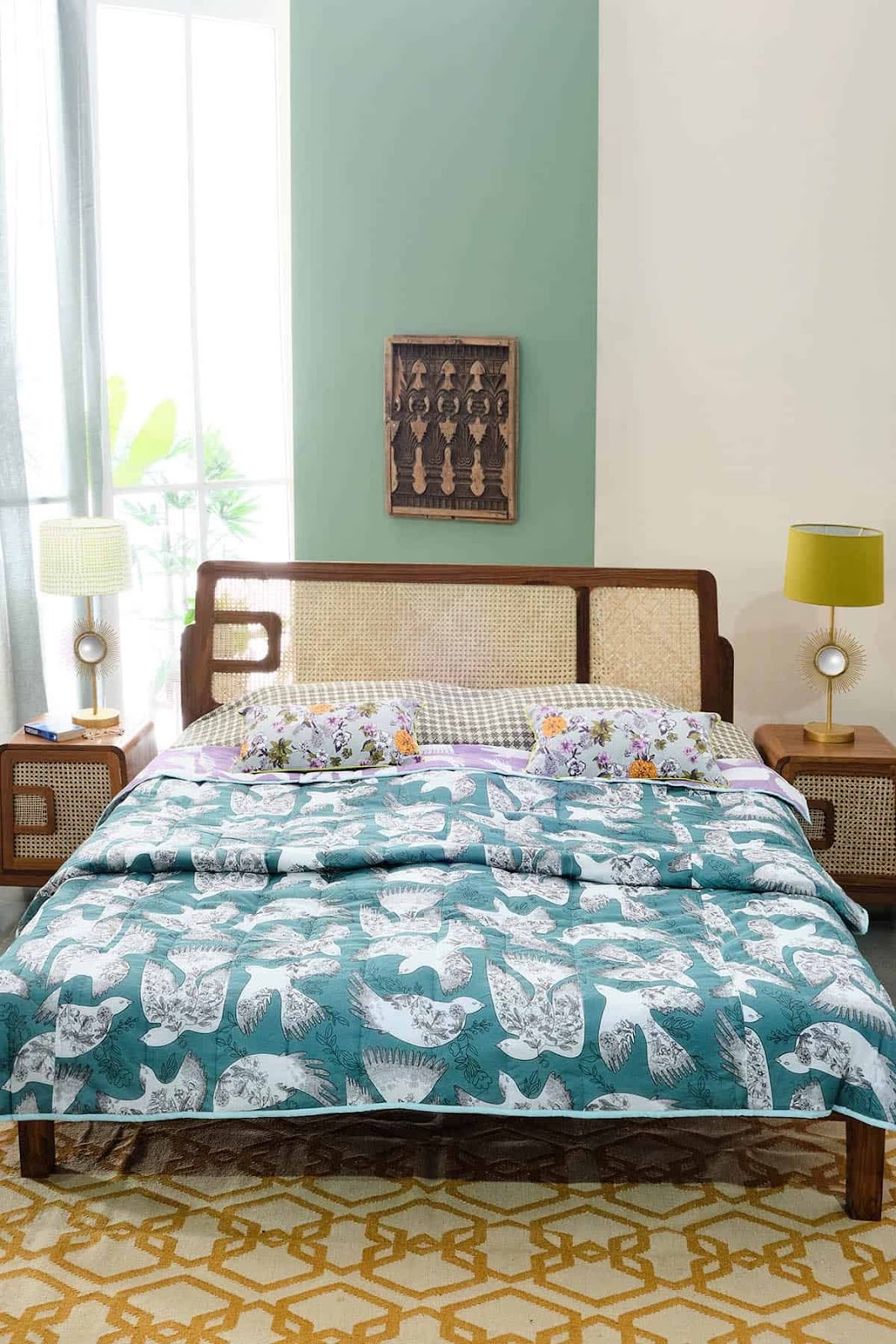As environmental awareness grows, more restaurant owners are prioritizing sustainability—not only in food sourcing but also in interior design. One powerful yet often overlooked area is the use of sustainable restaurant furniture. Choosing eco-friendly furnishings doesn’t just support the planet; it also enhances your brand image and appeals to a conscious customer base. In this guide, we’ll explore why sustainable choices matter and how to furnish your space with stylish, durable, and eco-responsible pieces of restaurant furniture.
Table of Contents
Why Sustainability Matters in Restaurant Furniture Selection
Sustainability in restaurant furniture is more than a trend—it’s a business decision with long-term benefits. Eco-conscious consumers are actively seeking out brands that align with their values. By incorporating sustainable furniture, you send a clear message that your restaurant cares about environmental impact.
Eco-friendly furniture reduces waste, minimizes carbon emissions, and conserves natural resources. It also tends to be made with non-toxic finishes and materials, which are better for indoor air quality and employee health. From a branding perspective, sustainability helps differentiate your restaurant in a crowded market.
Plus, sustainable furniture is often built to last, which means fewer replacements and less landfill waste over time. It’s a win-win: you help protect the planet while also investing in durable, quality furniture that supports your long-term operations.
Top Eco-Friendly Materials Used in Sustainable Restaurant Furniture
The materials used in restaurant furniture play a critical role in sustainability. Fortunately, there are several eco-friendly options that are both stylish and durable.
- Reclaimed wood: Salvaged from old buildings or furniture, reclaimed wood reduces the demand for virgin timber and adds rustic charm.
- Bamboo: A fast-growing renewable resource, bamboo is strong, lightweight, and perfect for modern dining furniture.
- Recycled metal: Steel and aluminum can be repurposed into frames and bases, providing durability and a sleek look.
- Biodegradable plastics or recycled composites: These options are great for outdoor furniture and help reduce landfill waste.
Additionally, natural fabrics like organic cotton, hemp, and wool are sustainable choices for upholstery. Always ensure materials are free from harmful chemicals and sustainably harvested or produced. These selections reflect eco-conscious values while maintaining design integrity.
How to Identify and Source Certified Sustainable Restaurant Furniture
When shopping for eco-friendly restaurant furniture, it’s essential to verify sustainability claims through certifications and sourcing practices. Look for the following certifications and labels:
- FSC (Forest Stewardship Council): Ensures wood products come from responsibly managed forests.
- GREENGUARD Certification: Guarantees that furniture meets strict chemical emissions standards for indoor air quality.
- Cradle to Cradle Certified®: Assesses products for environmental impact, recyclability, and renewable energy usage.
Reputable furniture suppliers should clearly list these credentials. Ask for documentation or proof of certification before purchasing. Also, consider sourcing from local manufacturers to reduce transportation emissions and support your local economy.
Buying second-hand or refurbished commercial furniture is another sustainable option. Many of these pieces are built to commercial standards and can be restored with eco-friendly finishes for a second life in your restaurant.
Balancing Design, Durability, and Sustainability in Restaurant Furniture
One misconception is that sustainable restaurant furniture limits your design options—but today’s market offers a wide range of styles, from rustic to contemporary. You can achieve your desired aesthetic without compromising on sustainability or durability.
Choose timeless designs that won’t go out of style, so you won’t need to replace them frequently. Look for pieces with modular or replaceable parts—this allows for easy repairs instead of full replacements. Focus on craftsmanship and functionality. A well-made piece, even if more expensive upfront, will pay off with longevity and lower maintenance costs.
Sustainability also includes maintenance. Opt for finishes that are water-based, VOC-free, and easy to clean. These ensure the furniture lasts longer and remains safe for customers and staff alike. Striking this balance ensures your restaurant is beautiful, functional, and responsible.
Conclusion
Sustainable restaurant furniture is an essential part of modern dining, aligning your restaurant with global environmental goals and the values of eco-conscious customers. From using reclaimed wood and bamboo to sourcing certified and locally-made pieces, your choices in furniture can make a real difference—not only for the planet but for your brand’s long-term success.
By prioritizing sustainability, you’re not only reducing environmental harm but also investing in durable, stylish, and healthy furniture that enhances the dining experience. Customers today appreciate transparency and responsibility. When they see your commitment to eco-friendly practices, it builds trust, loyalty, and a deeper connection to your restaurant.
Sustainable furniture is more than a decor choice—it’s a meaningful step toward a greener, smarter future in the hospitality industry. Make your restaurant a place where comfort meets conscience.





